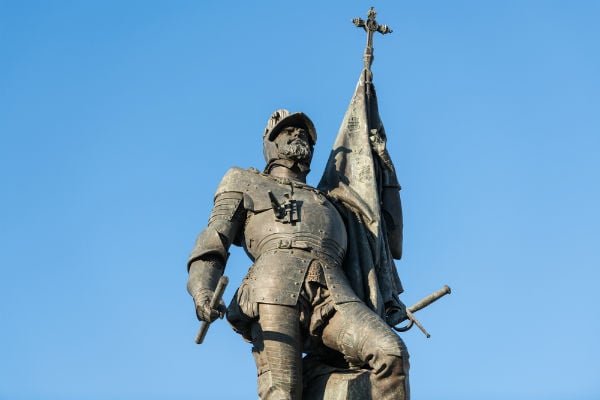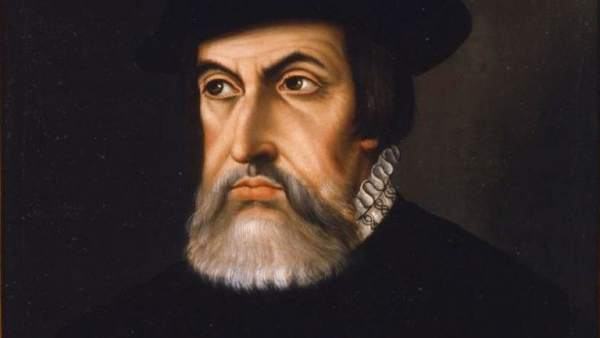Scientists at the laboratory in Innsbruck are using mitochondrial DNA from the samples for genetic testing, in an effort to identify 17 sets of remains sent by the Mexican government.
The Austrian scientists said, however, that in all but one case, the DNA samples sent by prosecutors had been destroyed by "excessive heat" and rendered unusable.
The scientists said they may submit the samples to a more sensitive type of test, but it is far from certain that the additional genetic probes will yield a different result.
In all, 43 students are missing and are believed to have been murdered by government-backed drug gangs.
The students, who were all enrolled in a rural teacher's college known for its leftist politics, disappeared after they were reportedly attacked by municipal police and members of the Guerreros Unidos gang in the city of Iguala on September 26.
There has been little definitive news about the students since then, but the investigation has indicated the students may have been killed, incinerated and then thrown in a river.
Authorities have arrested about 100 people since the disappearance, which has sparked an uproar in Mexico.
The arrests include local police, Iguala's mayor and his wife, as well as the sister of a notorious drug trafficker and a suspected member of the Guerreros Unidos cartel.




 Please whitelist us to continue reading.
Please whitelist us to continue reading.
Member comments